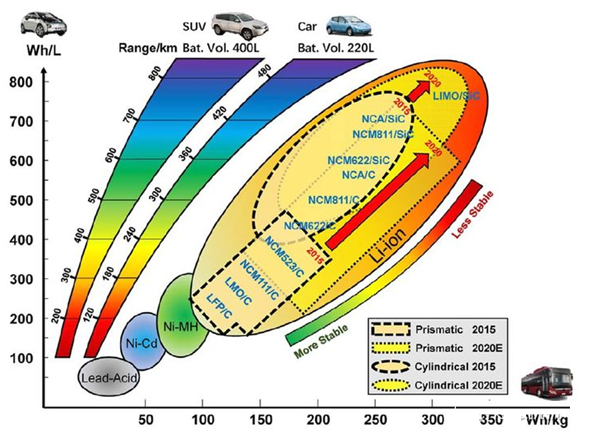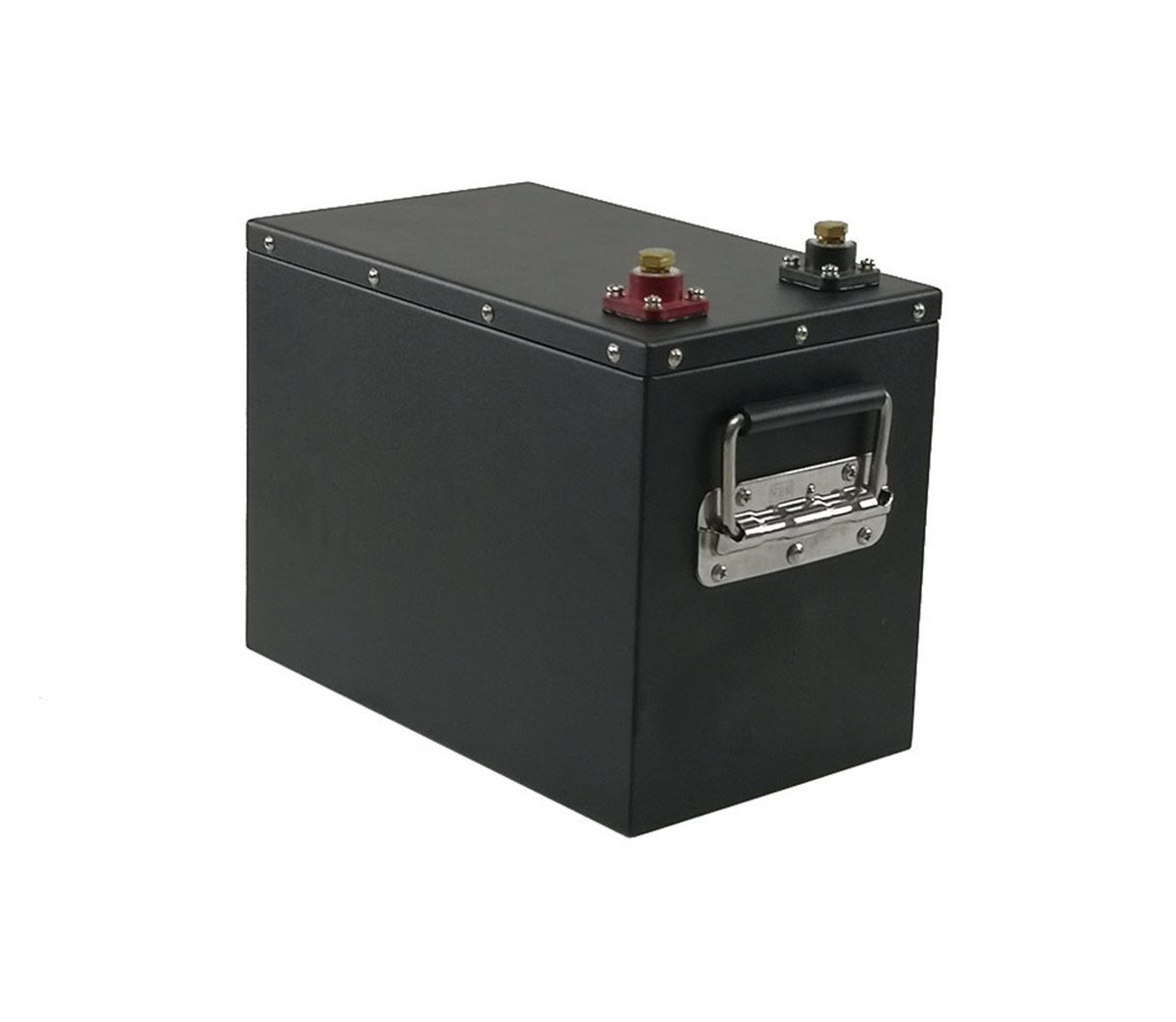How to evaluate the battery performance and safety of EV?
The battery of an electric car is a complex system. It can be easily
understood in 3 levels:
1. Batteries: positive electrode material, negative electrode material and
electrolyte form the battery core.
2. Battery pack: Hundreds to thousands of batteries are combined to form a
battery pack, commonly known as Pack.
3. System: add sensors (eyes and ears) to measure voltage, current, and
temperature; use BMS (brain) to think and make decisions; add actuators (hands
and feet) to control switches, and it becomes a system.
The safety of the battery system can be understood from the three levels of
battery cells, battery packs, and systems.
A. Safety at the cell level
The danger of lithium-ion batteries is mainly reflected in thermal runaway.
We can choose more stable and non-flammable batteries.
Lithium iron phosphate (LFP) is more stable than ternary lithium.
Among ternary lithium, lithium nickel cobalt manganate (NCM) is more stable
than lithium nickel cobalt aluminate (NCA).
In NCM, NCM622 is more stable than NCM811.
The higher the energy density, the more unstable the battery. This
conflicts with the idea that the smallest volume seeks the largest energy.

In the absence of a breakthrough in battery principle, what we can do in
the short term is to improve the stability and safety of the battery as much as
possible. This is a problem involving materials science and
electrochemistry.
B. Security at the PACK level
If the cell level is concerned with the characteristics of the battery
itself, then the PACK level focuses on the relationship between the battery and
the environment, including heating, squeezing, acupuncture, water immersion,
vibration, and so on.
Safety at the PACK level is mainly guaranteed by international standards:
ISO 12405-2014, IEC 62133-2015, UL 2580-2010, SAE J2464, SAE J1929-2011, JIS-C
8715-2-2012, etc.
In order to meet the stringent test standards, some safety designs need to
be made in the mechanical and electrical aspects of the battery pack:
-Mechanical safety design: protective structure, waterproof design,
foolproof design, fire and flame retardant design, etc.
-Electrical safety design: contact protection, external short-circuit
protection, over-current protection design, high-voltage interlock detection,
insulation detection, etc.
Generally speaking, the standards at the PACK level are comprehensive and
strict.
C. Security at the system level
The battery cells make up the battery pack. Although it can pass various
rigorous tests, it is still a dead thing. BMS gives it eyes and ears (sensors),
brain (decision-making), hands and feet (actuators). BMS functions are divided
into two categories:
Primary function: For example, outputting and receiving energy (thereby
driving the vehicle) are the basic functions of the battery.
Monitoring function: For example, safety measures under faults such as
overcurrent, overvoltage, and communication interruption are designed, which is
actually a safety monitoring design for the battery system.
Whether these safety monitoring functions are done adequately and
comprehensively determines the ability of the battery system to cope with
failures and stifle thermal runaway in the cradle. Because thermal runaway often
occurs in the state of full charge and overcharge, the particularly critical
link is charging.
D. Is there a fourth level? —— ISO26262 and functional safety
Please think about it, if the three levels of battery, PACK, and system are
in place, what else might cause thermal runaway?
Force majeure: severe traffic accidents lead to severe battery deformation;
electric cars drive into a fire; drive into water to soak for one month; go to
unqualified auto repair shops to disassemble at will...
Aging: It is impossible to accurately predict the true state of the battery
in three, five or even ten years.
In fact, most manufacturers have certified that they design electric
vehicles in accordance with standards, but it is still very common for electric
vehicles to catch fire and lose control. Then why do we follow the standards,
and there will still be accidents?
The reason is simple: any hardware may fail; any software is written by
humans, and humans may make mistakes. Specifically, it may be:
Unreasonable system architecture: Reliance on external systems, and the
development of the designed architecture is too difficult
Reliability is not up to standard: the reliability of the hardware does not
meet the strict level of the corresponding risk
Unreasonable development process: software development process, developer
qualification, independence of testing and verification
This is the so-called fourth level: function safety. Note that functional
safety is not "guaranteeing that the function operates safely", it is
"guaranteeing safety in the event of a function failure".

Lithium-ion battery (LIB) has become the main energy storage solution in
modern social life. Among them, lithium iron phosphate batteries are a perfect
replacement for lead-acid batteries, and they are the first choice for
grid-connected peak shaving, off-grid energy storage, photovoltaic energy
storage, UPS, data center and other industries.




































